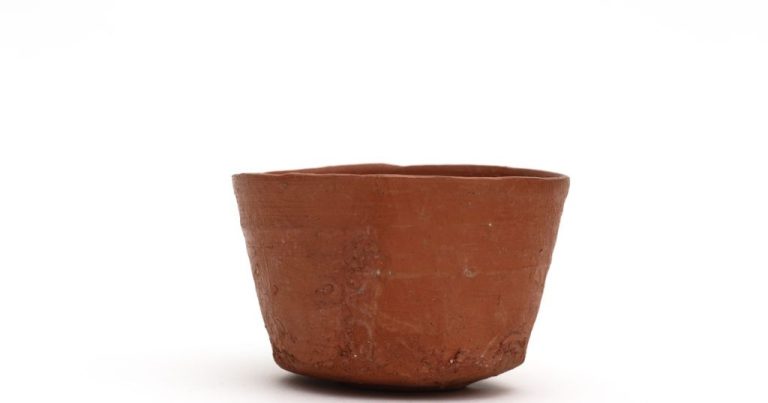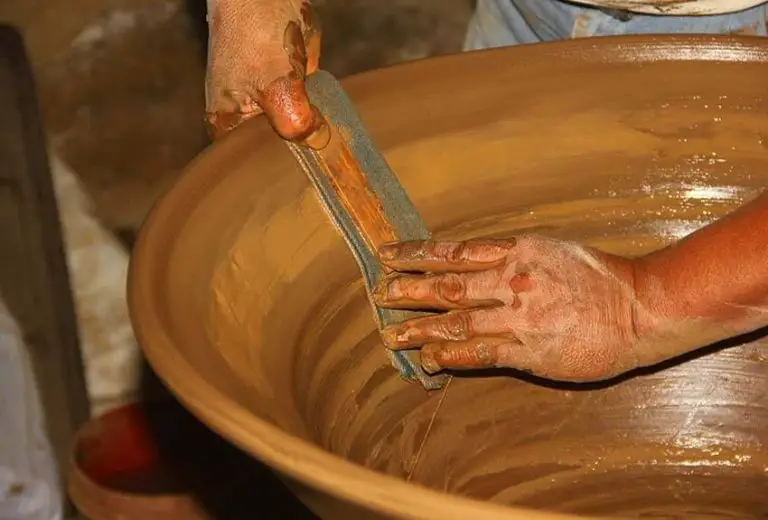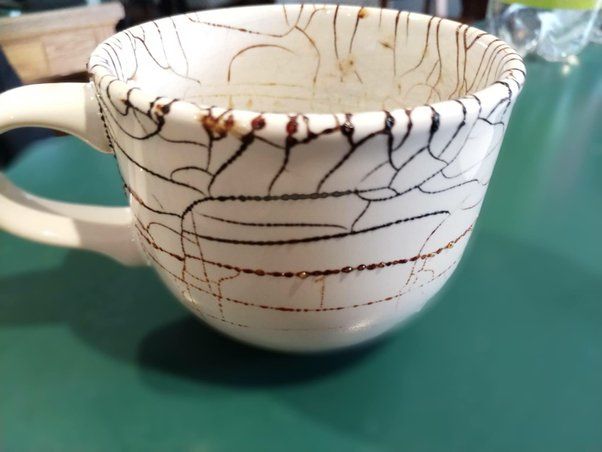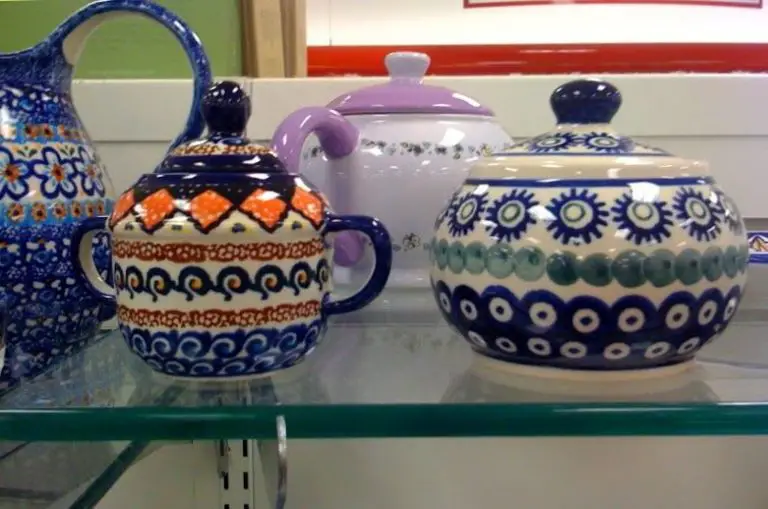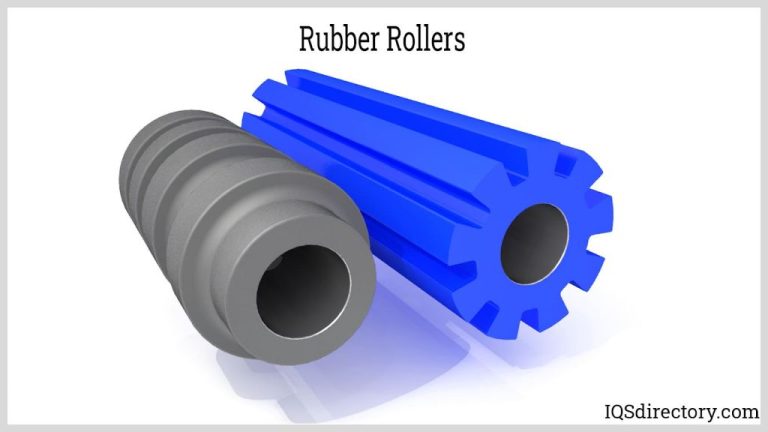Can You Use Amaco Underglaze On Greenware?
What is Underglaze?
Underglaze is a colored liquid or pencil ceramic decoration product that is applied to pottery and ceramic pieces before they are fired. It is used to add intricate designs and patterns to greenware or bisque pottery pieces before a transparent glaze coating is applied overtop. Underglaze comes in a variety of opacities and colors and is typically applied using brushes, stamps, stencils, sponges or other tools to create decorative effects.
There are two main types of underglaze products:
– Liquid underglaze – this comes in jars or bottles and has a paint-like consistency that can be brushed or poured onto ceramic pieces.
– Pencil underglaze – these come in pencil form and are more precise for detailed decorative work.
Some popular brands of underglaze include AMACO, Duncan, Mayco, and Coyote. AMACO offers one of the largest selections of underglaze in different opacities and colors. Their underglaze is highly versatile and can be used on both bisqueware and greenware successfully.
What is Greenware?
Greenware refers to unfired clay that has been shaped into its finished form but has not yet been fired in a kiln. It is a stage in the ceramic production process after the clay has been formed but before the first firing.1 Greenware gets its name from the fact that the clay is still moist and pliable at this stage, giving it a greenish hue. Once the clay has been molded into the desired form through processes like throwing, handbuilding, or slipcasting, it is allowed to dry slowly to make it less fragile before being fired. Firing the clay hardens it into finished ceramic ware through vitrification. Greenware is an important transitional stage that allows the clay or ceramic piece to be modified before permanently firing it.
Can You Use Underglaze on Greenware?
Yes, underglaze can be used on unfired greenware. Underglaze is a specialty ceramic product that is applied to bare clay before firing. It produces vibrant colored designs that are then sealed in place with a transparent glaze after firing. Using underglaze on greenware allows you to decorate pottery and ceramics with beautiful designs and patterns before the bisque fire.
When using underglaze on greenware, it’s important to follow the proper application process for best results. Underglaze can be applied via brushing, dipping, pouring, or spraying. Multiple layers can be applied to increase color intensity. The greenware should be bone dry before applying underglaze. Firing temperature requirements must also be followed. With proper application, underglaze on greenware produces stunning decorative effects on finished ceramic ware.
Benefits of Using Underglaze on Greenware
There are several advantages to using underglaze on greenware rather than waiting until after the first bisque firing:
Wider Color Selection – Underglazes come in a huge array of vivid colors that allow for more creative freedom in your ceramic designs. Using underglaze on greenware gives you access to all of these color choices before the limitations of glaze.
More Design Options – Since the greenware surface is soft and porous, underglazes can be used to create fine details, blended effects, and complex patterns that would be more difficult on the hard bisque surface. Underglazing on greenware expands the decorative techniques and overall design possibilities.[1]
Detailed Designs – The greenware clay body accepts the underglaze readily, allowing for crisp precise lines for intricate patterns and small details that stay true through firing. The bisque’s slightly porous surface can cause underglaze to bleed and lose definition.[2]
Application Process
When applying underglaze to greenware, it’s important to follow some key steps:
First, make sure to clean the greenware piece thoroughly before starting. Use a damp sponge or cloth to remove any dust or debris. This will allow the underglaze to properly adhere to the clay surface.
Apply the underglaze in thin, even coats using a soft brush. Thick or globby application can cause cracking or peeling. Allow each coat to dry completely before adding another layer. Multiple thin coats are better than one thick coat.
Let the finished painted piece dry completely before firing. It’s best to allow 24 hours or more of drying time. Rushing the drying may lead to the underglaze blistering or bubbling in the kiln. Be patient and let it dry thoroughly.
Some ceramic artists recommend using a ceramic sealer or glaze over the top of the dried underglaze design before firing. This seals in the underglaze and protects it during firing. Consult the manufacturer’s recommendations on use of a sealer or protective glaze.
Proper application techniques, adequate drying time, and using a sealant will provide you with the best results when using underglaze on greenware.
Firing Requirements
When using underglaze on greenware, it’s important to fire the piece properly to achieve the desired results. Underglaze typically requires firing to cone 06. This means heating the kiln to approximately 1728°F (940°C). Firing to this cone helps fuse the underglaze to the clay body. It also allows the underglaze colors to develop fully.
It’s recommended to use a slow bisque firing cycle when firing greenware painted with underglaze. The slower ramp up and down rates help prevent defects like pinholing and blistering which can occur from too-fast temperature changes. Slow firing allows any gases to escape from the clay slowly and evenly during the entire firing process.
A typical slow bisque firing cycle may involve heating at 200-300°F per hour up to 1000°F, then 100°F per hour up to the peak temperature. The kiln is then held at peak temperature for 0-15 minutes. It’s slowly cooled at a rate of 150-200°F per hour down to 1000°F before venting the kiln and allowing it to cool naturally overnight.
Following the manufacturer’s specific firing recommendations for the type of underglaze and clay bodies used will provide the best results.
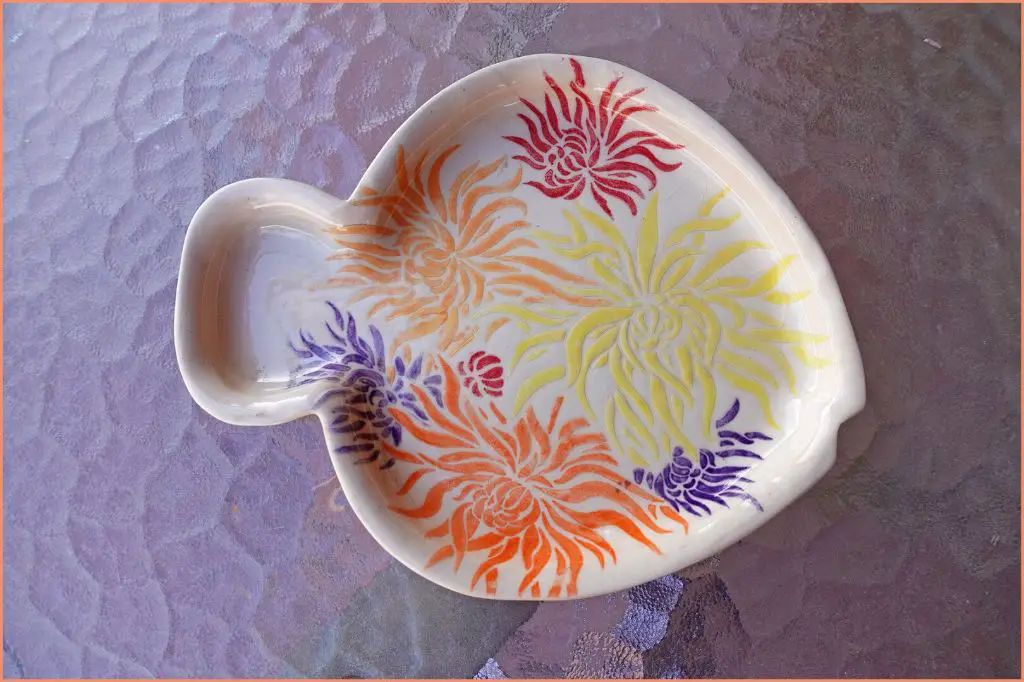
Tips for Best Results
When using underglaze on greenware, there are some tips to follow for achieving the best results:
Test on a sample piece first. Before decorating your final piece, do a test tile or scrap piece with the same clay body and firing technique you plan to use. This allows you to test application methods, check colors after firing, and troubleshoot any issues.
Avoid thick coats. Underglaze can bubble or crack if applied too heavily on greenware. Use multiple thin layers instead of one thick coat. Let each layer dry before adding the next.
Use a quality brush. Invest in soft bristle brushes made for ceramics. Stiff or worn out brushes can leave brush strokes in the underglaze. A liner brush works well for details and a wider wash brush for larger areas.
Cleaning brushes between colors prevents muddying. Have water and paper towels on hand to quickly clean brushes when switching underglaze colors.
Work in small sections for blending. If blending or shading colors, work in a 2-3 inch area at a time so underglaze doesn’t dry before blending.
Allow proper dry time before handling. Underglaze needs 8-12 hours drying time before handling the greenware. Let it cure fully before bisque firing.
Use underglazes rated for the firing temperature. Make sure the underglaze is formulated for the kiln temperature you plan to fire to. Most cone 04-6 underglazes work on mid-range stoneware and porcelain.
Common Problems
There are a few common problems that can occur when using underglaze on greenware:
Bubbling or cracking if too thick – Applying the underglaze too thickly can lead to bubbling or cracking during firing. The moisture needs to be able to escape from the underglaze during firing. Using thin, even coats allows for proper release of moisture.
Fading if underfired – The colors in underglaze require sufficient heat during firing to develop fully. If the kiln temperature is too low, the underglaze colors may appear faded or washed out after firing. Always follow the manufacturer’s recommended firing schedule.
Bleeding colors if not sealed – Underglaze colors can bleed together if the piece is not properly sealed before applying a second color. To prevent bleeding, make sure to fire each color completely before applying another color. A clear glaze can also be used to seal in underglaze colors.
Alternatives to Underglaze
While underglaze is a popular choice for decorating greenware, there are other options ceramic artists can explore:
Acrylic Paints
Acrylic paints are a common substitute for underglazes on greenware. They can be thinned with water for easier application. Acrylics provide vivid colors and have good adhesion to moist clay. However, they tend to be less permanent than underglazes, especially if not formulated for high-fire ceramics. Care must be taken not to apply too thick of a coat, as acrylics can bubble or flake off during firing. Overall, acrylics offer an accessible and inexpensive alternative to traditional underglazes.
Colored Slips
Applying colored clay slips is another decorative approach for greenware. Slips contain clay, water, and pigments, creating a liquid clay that can be brushed or trailed onto the surface. Colored slips blend smoothly into the underlying clay body. Since slips vitrify at the same rate as the clay body, they remain stable during firing. Mixing custom slip colors allows for endless options. However, slips do require understanding of clay chemistry to formulate recipes that fit the firing temperature and clay type.
Stains
Ceramic stains provide transparent washes of color on greenware. Like underglazes, stains are formulated to fuse with the clay body during firing. However, stains have lower pigment levels, resulting in sheer, delicate colors. Multiple layers can be built up for more intensity. Stains are especially useful for achieving soft, blended effects. Since they permeate the clay surface, stains won’t flake or peel off during firing like paints might. Stains take more skill to control but can create beautiful, translucent colors.
Summary
In summary, yes you can use AMACO underglaze on greenware. Underglaze is a colored clay slip that can be applied to unfired clay, also known as greenware. When applied properly and fired to the right temperatures, underglaze produces vibrant designs and colors on finished ceramic pieces.
To use underglaze on greenware, make sure to follow the proper application and firing instructions. Apply underglaze to clean, dry greenware using a brush, sponge, or rubber tip bottle. Allow it to dry completely before firing. Fire slowly up to the maturing temperature of the clay body, generally cone 06. This will allow the underglaze time to mature properly. Glaze can then be applied over the underglazed piece and fired again to cone 06.
For best results, use high quality underglaze and brush on evenly in thin layers. Make sure the greenware is fully dry before firing to prevent underglaze from blowing out. Take care not to contaminate underglaze colors. With proper application and firing, underglaze on greenware can produce stunning ceramic finishes.

